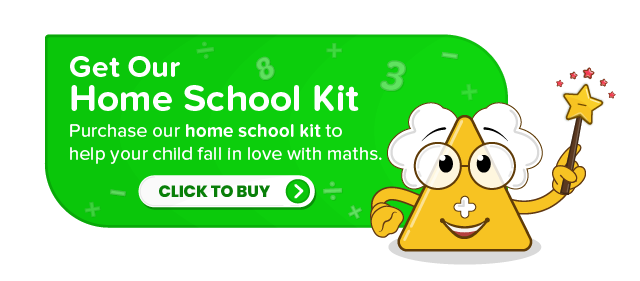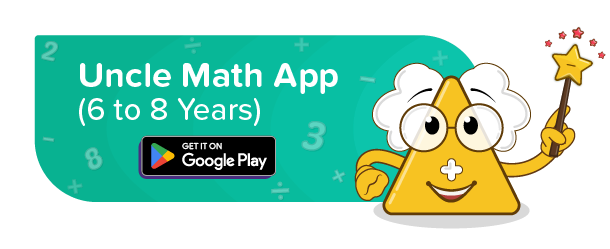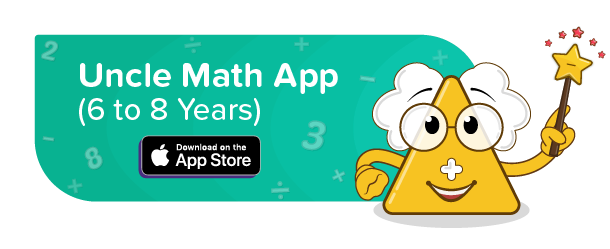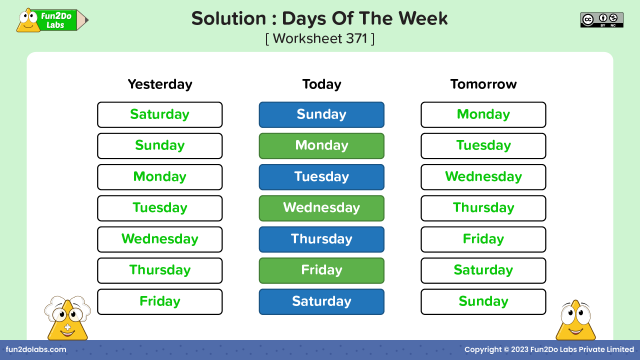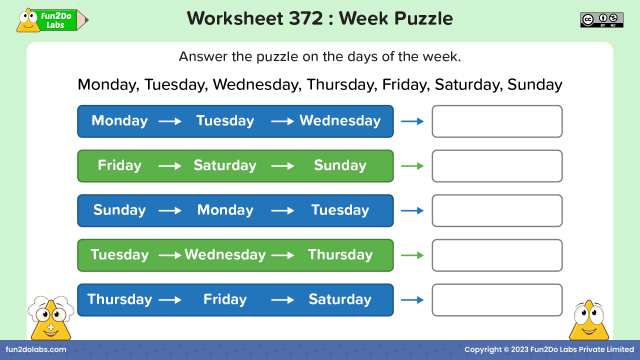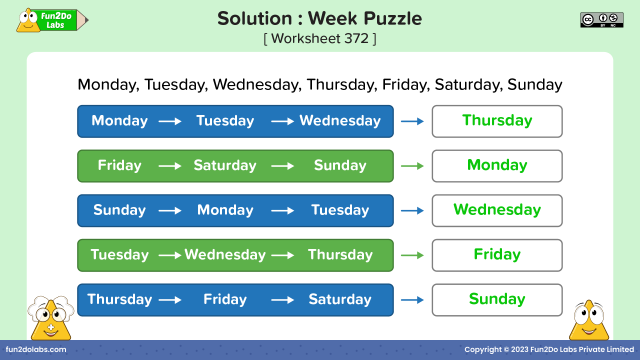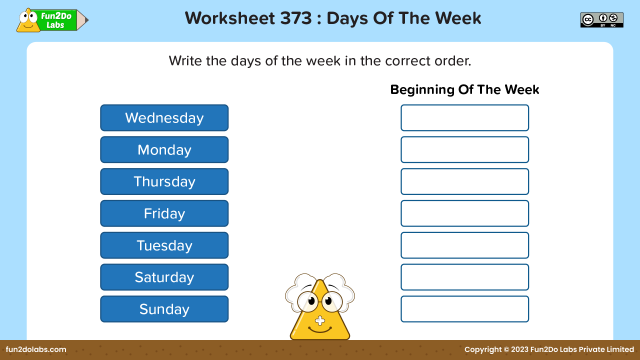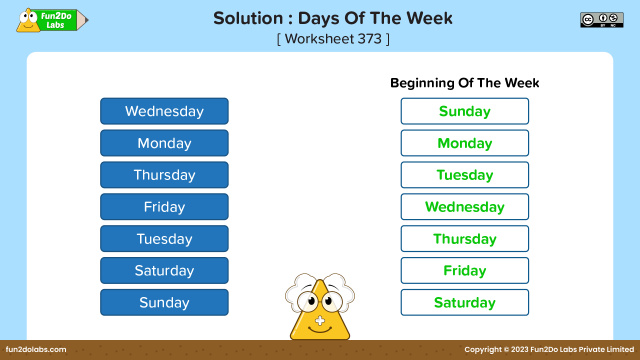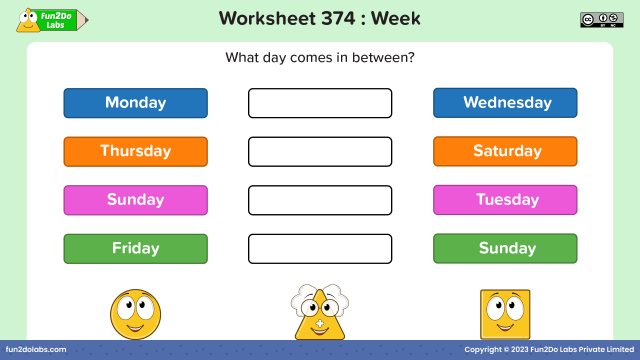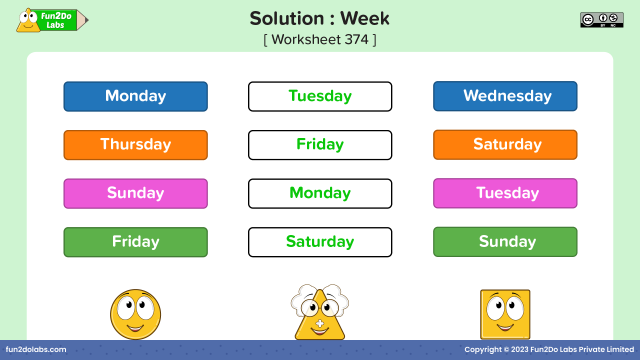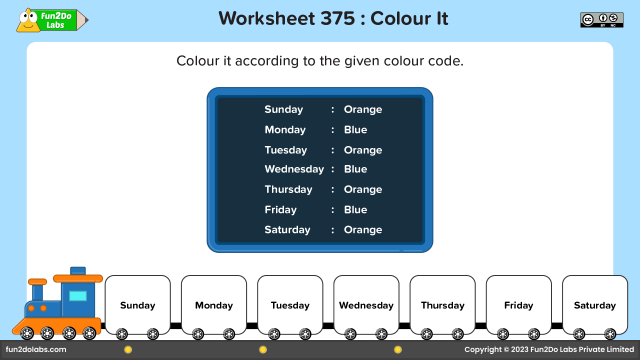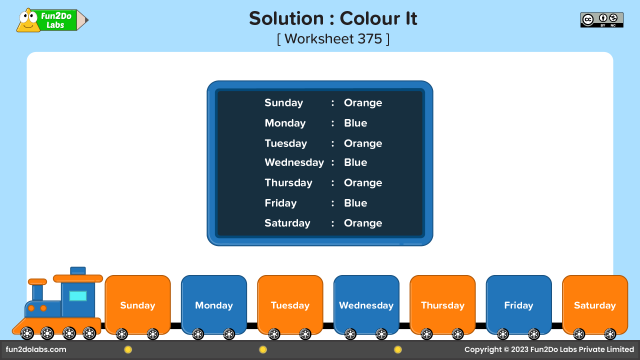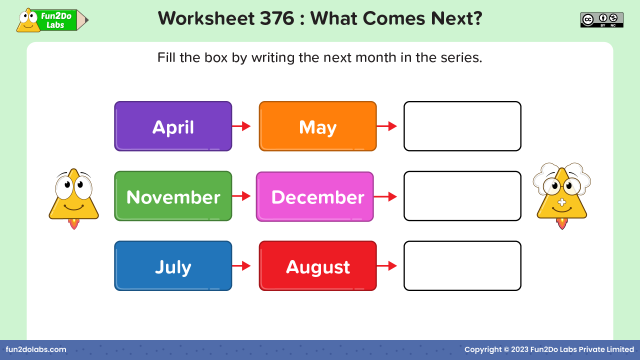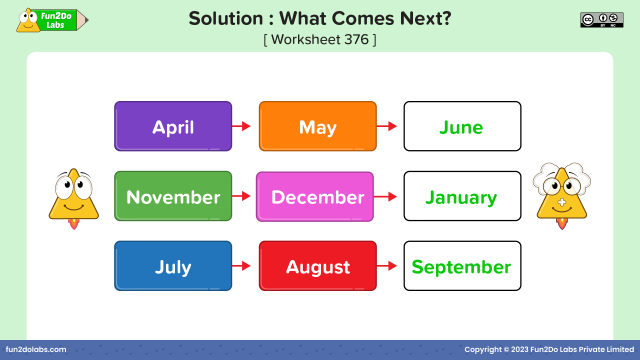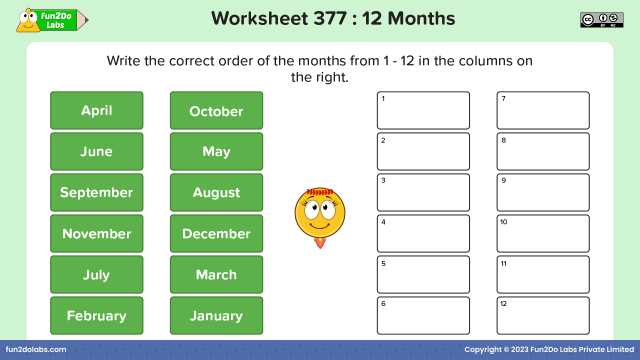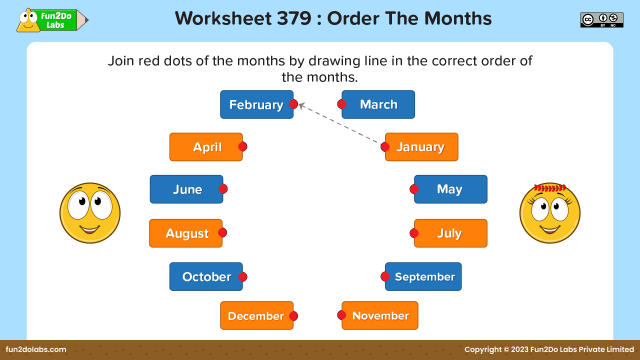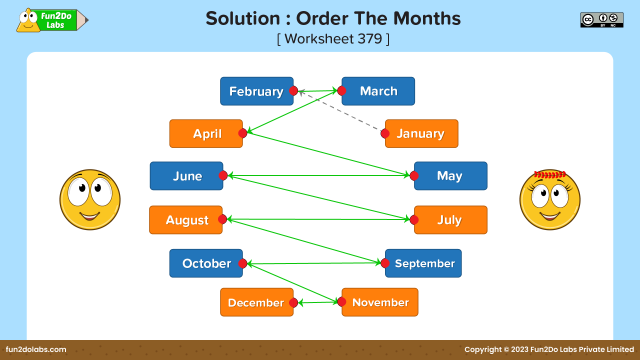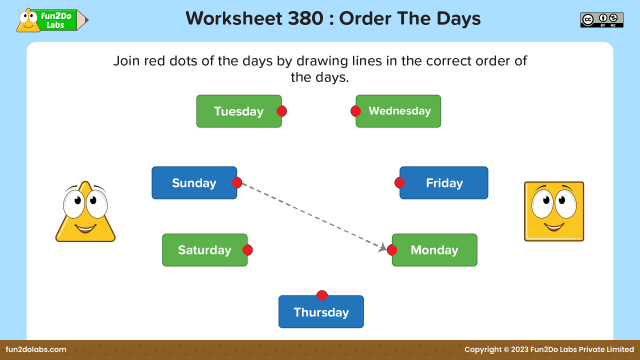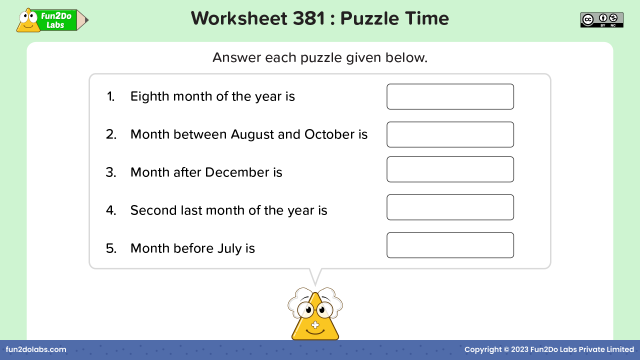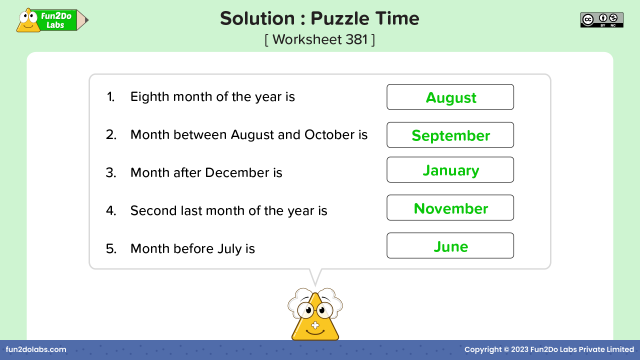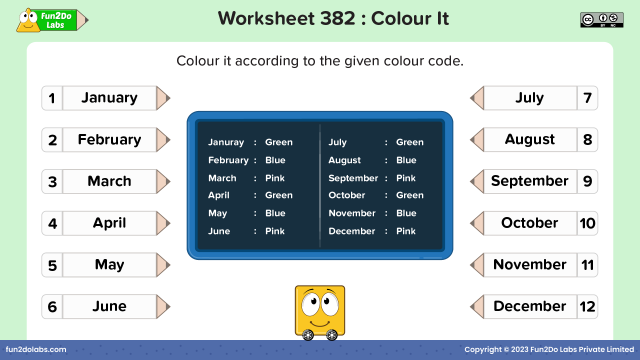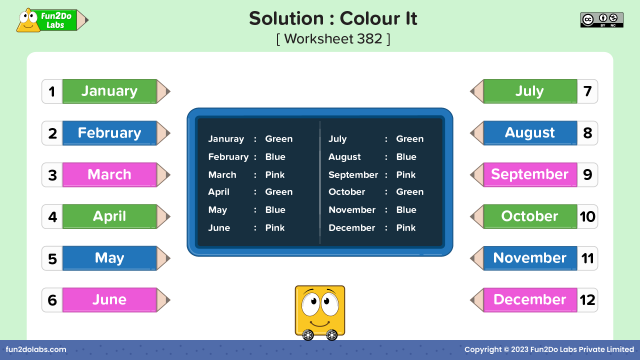
Children must learn about the calendar, which plays a major role in tracking time. This teaching guide will assist kids in comprehending the concepts associated with time effectively.
The calendar encompasses the measurement of time through days, weeks, months, and years. It goes beyond just counting hours and minutes. A year consists of 12 months, each containing a few weeks, and a week is comprised of 7 days.
A calendar serves as a series of pages displaying the days, weeks, and months of a specific year. It holds significant importance in our daily lives as it enables us to keep track of the passing days, weeks, months, and years.
The components of a calendar :
- Year
- Month
- Days of the week
- Date

Week :
- The organization of the 7 days forms a week, comprising Sunday, Monday, Tuesday, Wednesday, Thursday, Friday, and Saturday.

Month :
A year encompasses 12 months, starting with January and concluding with December. It is essential to remember the varying number of days in each month. Some months have 31 days, others have 30 days, and February has either 28 or 29 days in a leap year.

Year:
A regular year consists of 365 days, while a leap year has 366 days. It is divided into 12 months, namely January, February, March, April, May, June, July, August, September, October, November, and December. Each month is approximately divided into 4 weeks.
Leap Year :
Speaking of leap years, they occur approximately every four years. During a leap year, an extra day, known as a leap day, is added to the shortest month, February. This adjustment ensures that our calendar aligns with the Earth’s revolutions around the Sun, which takes about 365 days, 5 hours, 48 minutes, and 45 seconds, referred to as a tropical year.
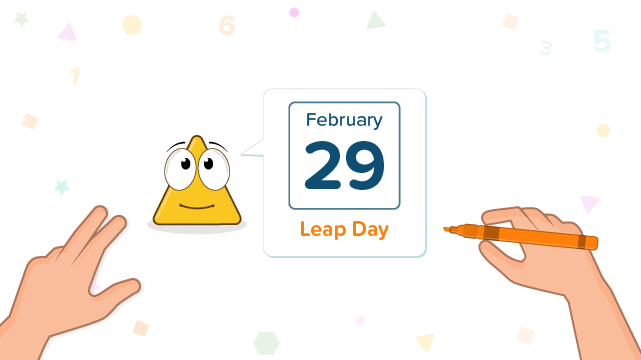
How to determine the leap year :
Determining if a year is a leap year involves the following rules:
- The year must be divisible by 4.
- Years marking the turn of a century (e.g., 1900) are not leap years, unless they are divisible by 400 (e.g., 2000).
Reading a calendar :
By observing a calendar, we can determine the year, month, day, and date. It serves as a record-keeping tool for important events such as festivals and anniversaries, allowing us to assign them specific dates.
- Check the year.
- Check the month.
- Check the date.
- Check the day.
The date format follows this structure:
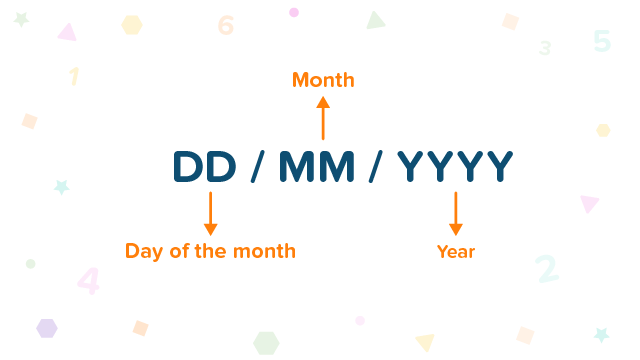
- DD represents the day of the month, ranging from 01 to 31.
- MM represents the month of the year, ranging from 1 to 12.
- YY represents the last two digits of the year.
Remember to make the learning experience fun and interactive by using visuals, stories, activities. By following this progression, children can gradually develop a better understanding of calendar and how to read and measure it.
Teaching calendar with kid-friendly, clear, and easy-to-understand posters from Uncle Math School by Fun2Do Labs :
Ignite kids’ curiosity with engaging stories for role play and skits, making the learning of this concept an exciting and effective experience. Teaching a calendar through stories from Uncle Math School by Fun2do Labs :
Learning a calendar can be made enjoyable by incorporating interactive games and activities.
Knuckle Activity :
To remember the number of days in each month, a useful activity involves using the knuckles. When a knuckle is up, it signifies a month with 31 days, while a knuckle that is down corresponds to a month with 30 days (except for February).
This activity will help kids easily memorise the number of days in each month.

Help your kids practise the concept of calendar with interesting and engaging fun worksheets and solutions from Uncle Math by Fun2Do Labs.


